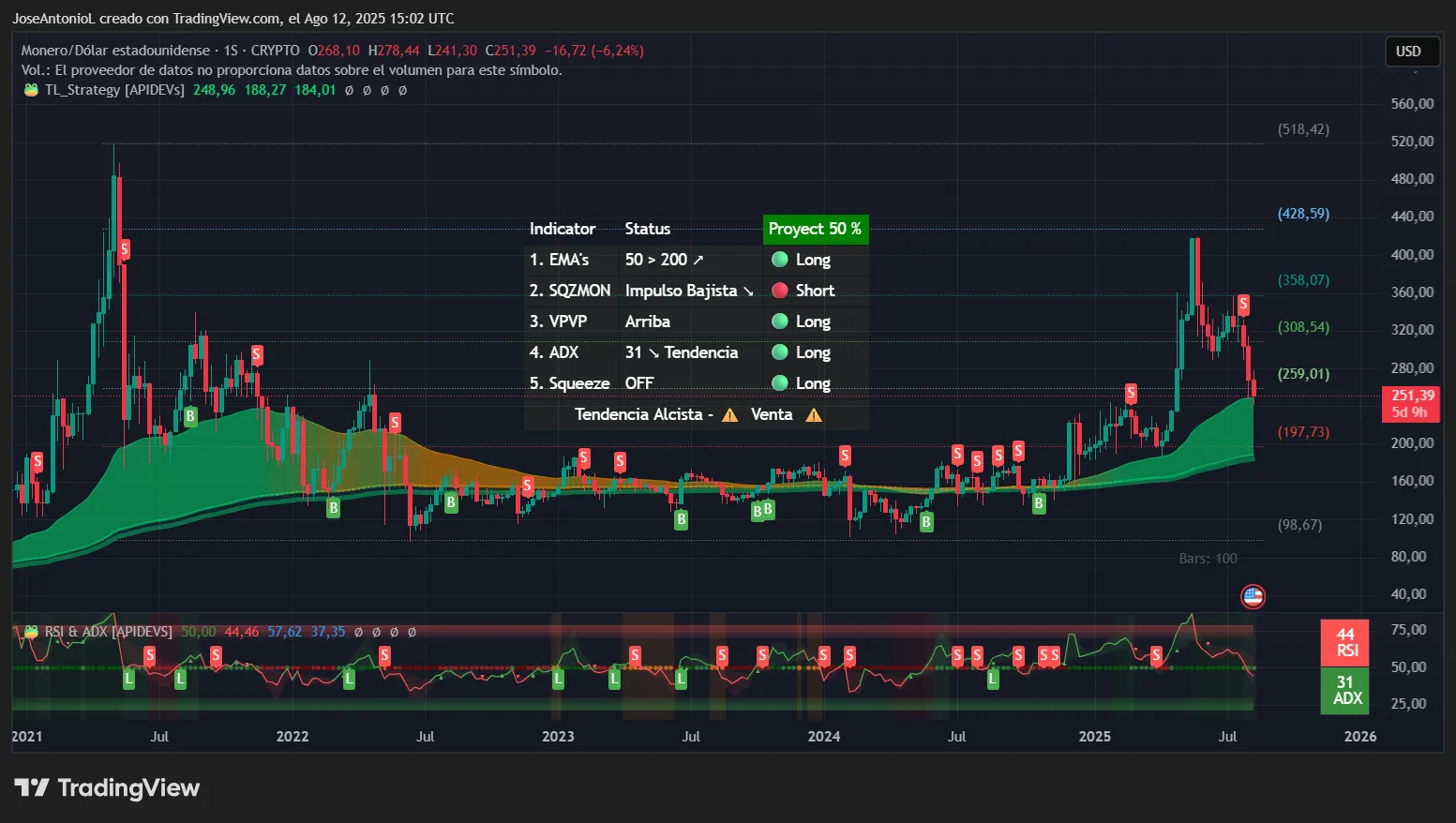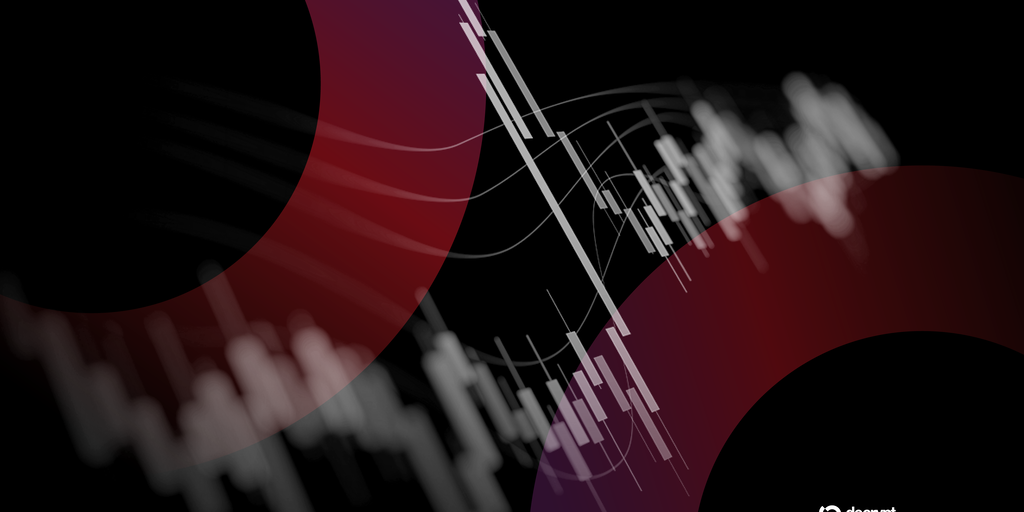In short
Monero 51% Attack: Real Threat of Marketing Stunt?
Many people asked how #Qubic was planning to do 51% domination #Moonero If 50% of the Qubic Mining Time must be spent on #Aigarth Tasks. First I answered “let’s make a surprise $ Xmr miners “, but then I realized that the #Cryptocurrency Community would …
-Come-From-Beyond (@c__f___b) July 25, 2025
Monero seems to be in the middle of a successful attack of 51%.
The blockchain-oriented blockchain, launched in 2014 and long-oriented by governments and 3-letters agencies, is already prohibited for most large centralized exchanges.
The Qubische Mijnbad has collected Hashrate for …
– Charles Guillemet (@p3b7_) August 12, 2025
XMR -Price: Bears take control of


Indemnification
The views and opinions of the author are only for informative purposes and are not financial, investments or other advice.
Daily debrief Newsletter
Start every day with the top news stories at the moment, plus original functions, a podcast, videos and more.

